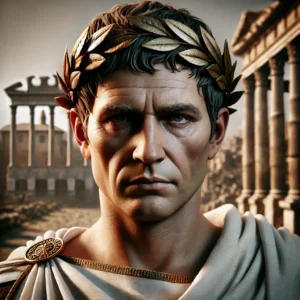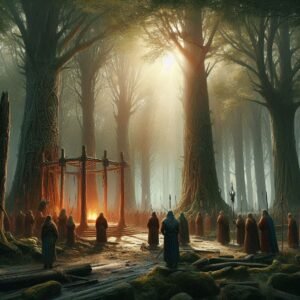Celtic Heads Celtic Head from Witham, 2nd c B.C. (British Museum) “Celtic” carved heads are found throughout the Read more Timeline 60BC – 138AD This timeline is focussed on the British Celtic culture and those cultures which had influence on the British Celts. It Read more Heads at St Michael, Kirklington An analysis of head …
Category: Brigantia
Sep 23
Celtic Tribes
Sep 23
Brigantes God Belatucadros
Celtic Heads Celtic Head from Witham, 2nd c B.C. (British Museum) “Celtic” carved heads are found throughout the Read more Timeline 60BC – 138AD This timeline is focussed on the British Celtic culture and those cultures which had influence on the British Celts. It Read more Heads at St Michael, Kirklington An analysis of head …
Sep 23
Brigantia votive inscriptions – Finds and Analysis
Votive inscriptions to the Goddess Brigantia have been found in the North of England using four names: Caelestis Brigantia, Nympha Brigantia, Brigantia Augusta, and Victoria Brigantia. In this report I review what is known about them, and how this knowledge can help us understand how the Romano-British viewed the Goddess.
Sep 23
The Goddess Brigantia – The ‘Exalted One’
Celtic Heads Celtic Head from Witham, 2nd c B.C. (British Museum) “Celtic” carved heads are found throughout the Read more Timeline 60BC – 138AD This timeline is focussed on the British Celtic culture and those cultures which had influence on the British Celts. It Read more Heads at St Michael, Kirklington An analysis of head …
Sep 23
The Druids and Druidism
Sep 23
Celtic Religion and Beliefs
Sep 23










